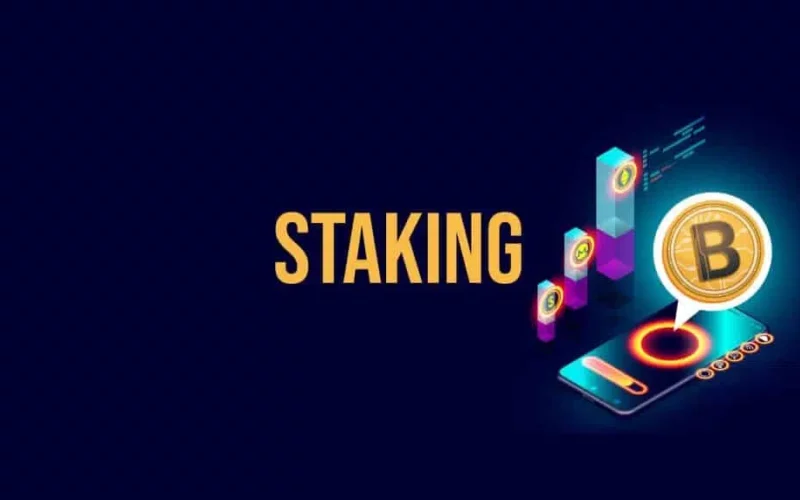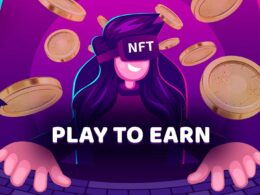What is staking? In the cryptocurrency world, staking is the process of holding onto your crypto coins in order to play a part in validating transactions on the blockchain. Put simply; it’s how you can earn rewards for helping to keep the network running smoothly. And as more and more people start to see the benefits of staking, it’s becoming an increasingly popular way to passively earn income from your crypto holdings.
So, if you’re thinking about getting into staking but don’t know where to start, this beginner’s guide is for you. We’ll cover everything you need to know about staking cryptocurrency, from how it works and what you need to get started to the different types of rewards you can earn and the risks you need to be aware of. By the end of this guide, you’ll have all the information you need to start earning rewards from staking your cryptocurrencies!
How Does Staking Work?
In order to understand staking, we first need to understand how proof-of-stake (PoS) works. PoS is a cryptographic algorithm that helps secure transactions on a blockchain. It does this by requiring users who want to validate transactions (i.e., miners) to put up a stake or deposit to participate in the process. The stake size depends on the specific PoS algorithm being used.
The idea behind PoS is that it should be more expensive for a malicious actor to try and attack the network than it would be worth for them to actually successfully carry out an attack. This is because they would not only lose their deposit but also be at risk of losing any rewards they had earned up until that point. As a result, PoS is often seen as a more secure and decentralized alternative to proof-of-work (PoW), which is the algorithm used by Bitcoin and other first-generation cryptocurrencies.
Types of Rewards
There are two main types of rewards that you can earn from staking: block rewards and transaction fees.
Block Rewards
Block rewards are paid out by the network periodically (usually on a weekly or monthly basis) and are proportional to the amount of coins being staked by the user. For example, if you are staking 10% of all the coins on a given network, then you will earn 10% of all the block rewards paid out by that network.
Transaction fees
Transaction fees are paid out every time a transaction is validated by a user who is staking their coins. The amount of fees paid out will depend on how many transactions are being processed at any given time and the specific fee structure set by the network. However, like block rewards, transaction fees are usually proportional to the amount of coins being staked by each user.
Risks of Staking
As with any investment strategy, there are always risks involved with staking cryptocurrency. The biggest risk is that you could lose your entire stake if something goes wrong with the network or if there is a 51% attack. A 51% attack occurs when a group of miners gain control of over 50% of the total computing power on a network, which allows them to double-spend coins or prevent new transactions from being confirmed. While this type of attack is relatively rare, it’s still something that users need to be aware of before they start staking their cryptocurrencies.
Another risk to consider is that some networks may require users to lock up their coins for a certain period to participate in staking (typically called “staking lockups”). This means that users may not have access to their coins for an extended period of time, which could put them at risk if there was a sudden price drop or if they needed access to their funds for an emergency situation.
Conclusion
Staking cryptocurrency is becoming an increasingly popular way to passively earn income from your crypto holdings. If you’re thinking about getting into stacking but don’t know where to start, this beginner’s guide is for you.
So, there you have it. Everything you need to know about staking (or at least enough to get started). We hope that you found this article helpful and informative. And remember, if you ever have any questions or concerns, our team is always here to help. Thanks for reading!








